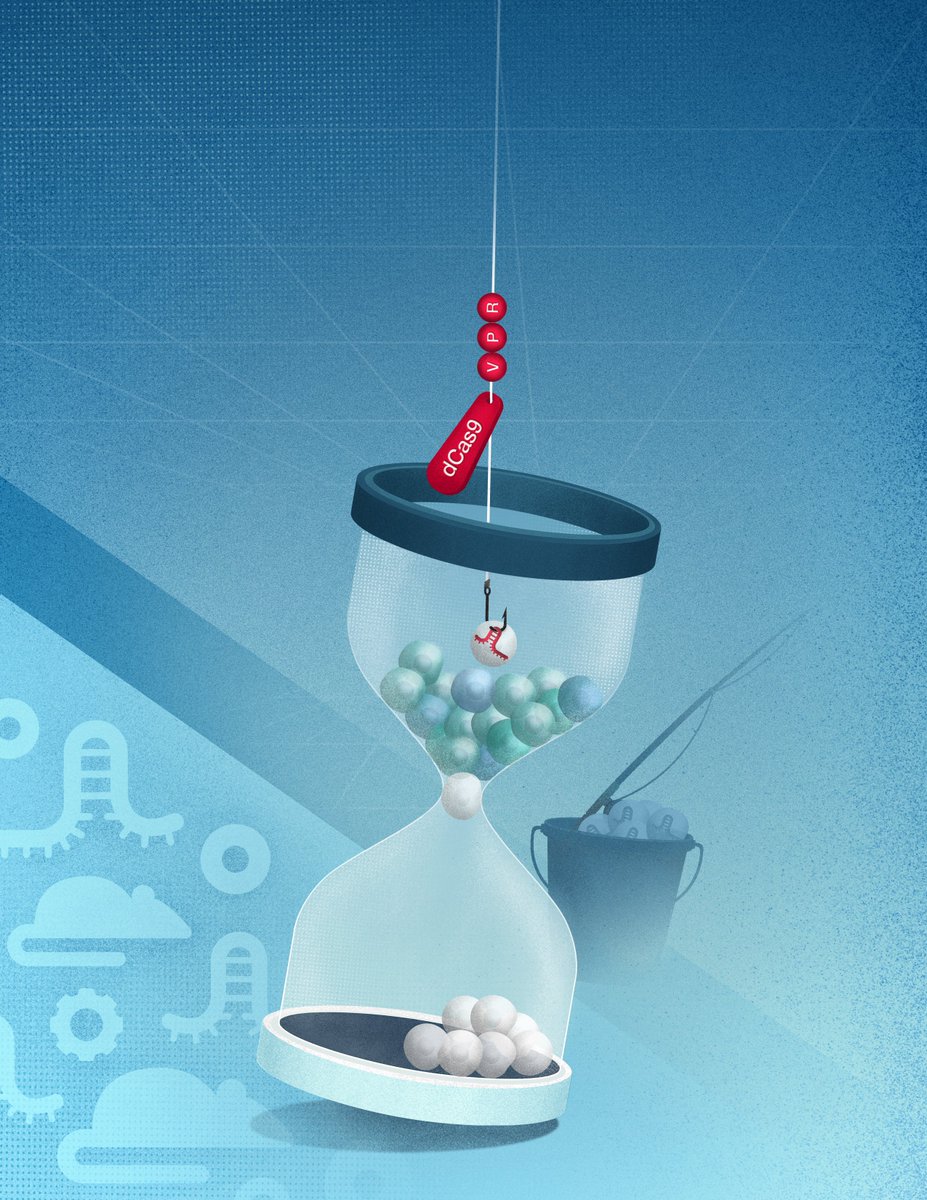
We are so excited to finally share our new study reporting the evolution of cross-resistance between targeted therapy and immunotherapy, published today @NatureCancer. Highlights in the 🧵👇 Free access here rdcu.be/coKr9 1/25
Targeted therapies (TT) and immunotherapies (IT) have revolutionized the treatment of cancer patients and these therapies are often administered sequentially. But how do these therapies shape the tumor and influence the subsequent treatment response? 2/ 

A few years ago, we were struck by an observation: Melanoma patients who received IT as first line treatment had high response rates, in contrast, patients who had first acquired resistance to targeted therapy (TT) and were then switched to IT, had much lower response rates. 3/ 

Could acquired resistance to TT jeopardize a tumor’s responsiveness to immunotherapy, despite the entirely different mode of action of these therapies? 4/
To dissect these clinical correlations we generated targeted therapy naïve (NTT) and resistant (RTT) tumors in mice and tested their response to immunotherapy. The phenotype was very clear: RTT tumors did not respond to immunotherapy, while the NTT tumors were controlled.🤯 5/ 

To “pressure-test” this phenotype, we expressed the OVA antigen in NTT & RTT cells and exposed them to OT-I T cells that kill OVA-presenting cells. Our data held up, in mice, T cells were unable to control RTT tumour growth, despite the presence of a potent antigen. 6/ 

So can the cancer cells be killed by T cells at all? Yes they can! In vitro, OVA-expressing NTT and RTT cells were killed equally. So next we asked, whether in vivo, the tumor microenvironment (TME) mediates cross-resistance. 7/ 

We dissected the contribution of the TME in a cell-mixing experiment and found that 1) the TME of RTT tumours is potent enough to shield sensitive cells from T cell mediated killing, and 2) RTT cells can be killed in an immune-permissive TME. 8/ 

What is different in the TME? We found that CD103+ dendritic cells, immune cells pivotal for T cell recruitment and function, were less abundant, immature, and functionally impaired in RTT tumors, in both mice and patient biopsies. 9/ 

Could restoring the CD103 DC compartment then re-sensitize cross-resistant tumors to IT? Our experiments using FLT3L and Poly I:C suggest yes! Given the many clinical trials investigating DC-modulating therapies, this could be a promising approach for cross-resistant tumors. 10/ 

Next we wondered how TT and IT resistance mechanisms could be linked. First, we used our time machine #CaTCH. rdcu.be/coIG8 and found that in our model cross-resistance was acquired during evolution of TT resistance. 11/ 

During the evolution of resistance, T cells infiltrate into the regressing tumor - is immune-editing driving the emergence of cross-resistance? We were surprised: No! Even RTT cells generated in vitro are cross-resistant, suggesting a direct link to an RTT signalling program. 12/ 

We then defined the RTT signalling program and nailed it down to 106 genes that were differentially expressed in NTT and RTT cells (ccIES). Notably, the ccIES could predict outcome and IT responsiveness in various patient cohorts. 13/ 

Computational analysis suggested the MAPK pathway as the up-stream regulator of the ccIES. The MAPK pathway is reactivated in cross-resistant RTT tumors, but the MAPK pathway is already hyperactive in NTT cells, yet these are sensitive to IT. 🤔So what is the difference? 14/
A number of experiments suggest that the re-activated MAPK pathway in RTT cells has an enhanced and altered transcriptional output. When we inhibited the MAPK pathway in RTT tumors, it reverted the ccIES, led to an increase of functional DCs in the TME and importantly …. 15/ 

… it led to T cell influx and restored immunotherapy response. These data suggest that MAPK pathway reactivation, which is observed in >75% of patients, is the main driver of cross-resistance. (16/) 

Our work could have several important clinical implications to be further evaluated. Based on our data from mouse models, IT should be administered as a first-line treatment. If targeted therapy is administered first, ….17/
… this should be limited to a short period before cross-resistance develops. To overcome cross-resistance, restoring a functional DC compartment in RTT tumors could be a particularly potent strategy. 18/ 

If this sparked your interest and you want to find out more details about our discoveries and the broader context please check out our paper. nature.com/articles/s4301… 19/
This work was led by former PhD student Lisa Haas, with great help from the members of the @obenaufa lab @IMPVienna @viennabiocenter and ….20/ 

...many excellent collaborators from @MelanomaAus @ICR_London, @MedUni_Wien
@CHUVLausanne, @Boehringer, @MRC_CU
(on Twitter: @ProfGLongMIA @ProfRScolyerMIA @JWilmott38 @johannes_zuber @SVanharanta @thomaswiesner). 21/
@CHUVLausanne, @Boehringer, @MRC_CU
(on Twitter: @ProfGLongMIA @ProfRScolyerMIA @JWilmott38 @johannes_zuber @SVanharanta @thomaswiesner). 21/
Big thanks to all the co-authors, the fantastic core-facilities @VBCF_Tweets and of @IMPvienna and the @obenaufa lab funding agencies @ERC_Research and @WWTF. 22/
On a more personal note, our girl was born during this revision, so I'd also like to thank my partner, my mum, dad and sister, my friends and colleagues for all their support during this special time. 23/
Many thanks to the referees for their time and comments and @alexia_zz for the fantastic experience at @NatureCancer. 24/
Finally, we are expanding our team! If you're passionate about tumour immunology & hold a PhD in immunology, cancer biology, or gene regulation, please email me w a cover letter why you are interested in joining our lab as a postdoc & your CV incl. contact d. of references. 25/25
• • •
Missing some Tweet in this thread? You can try to
force a refresh





